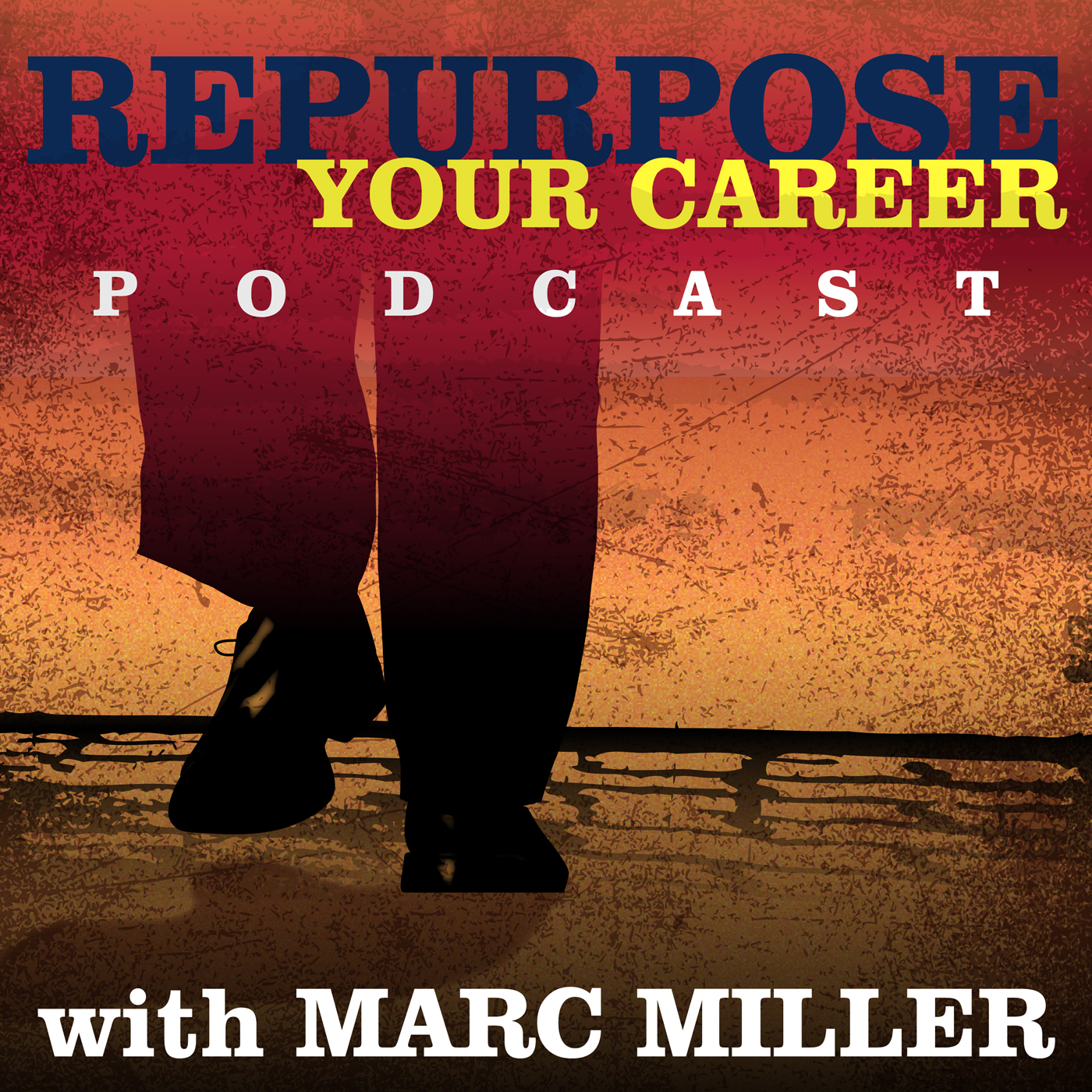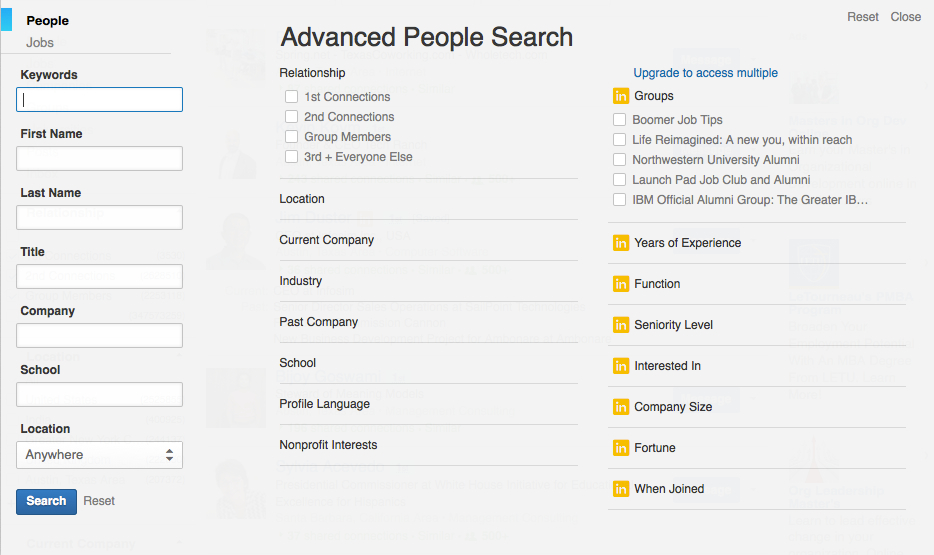Weak Ties
The concept of weak ties originally came from some research by Mark Granovetter from Johns Hopkins University. His paper, The Strength of Weak Ties, was published in 1973.
The simplest explanation comes from the Changing Minds website which says:
We have both friends and acquaintances. Our friends are often a part of a close-knit group who largely know one another. Our acquaintances are far less likely to know one another.
In terms of connection with general society and staying in touch with what is going on in the wider world, the weak ties with our acquaintances are paradoxically much more important than the inwardly-focused conversations with our closer friends. Indeed, the information we discuss with our friends often comes from wider sources.
In the familiarity of strong ties, we use simple restricted codes, where much is implicit and taken for granted. In communicating through the weak ties, we need more explicit elaborated codes for meaning to be fully communicated. When elaborating, we have more scope for creativity and the thought that it stimulates makes innovation more likely.
The more weak ties we have, the more connected to the world we are and are more likely to receive important information about ideas, threats, and opportunities in time to respond to them.
Our acquaintance’s networks and our own networks have a very small intersection. They know people we do not. This makes them very valuable during a career move.
When you communicate with friends, i.e. strong ties, you tend to use a lot of implicit communication. They know you are unhappy in your job or out of work or having financial issues—there is no need to provide background information.
When you communicate with acquaintances, i.e. weak ties, you need to be more explicit. You need to state exactly what you want and why.
Finding Weak Ties
This is where LinkedIn and other social networks are a tremendous resource.
Build a list of people you have worked with over the last 20 years. Divide this list into two:
- People who worked in the same function as you (HR, Engineering, Programming, Sales, etc.)
- People who worked in a different function
Find your weak ties using LinkedIn Advanced Search. You will navigate to the Advanced People Search page by clicking on “Advanced” at the top of the LinkedIn home page or click here to go directly to the LinkedIn Advanced People Search.
Search using the Current Company or Past Company options found in the center column to help you locate weak ties.
For people who worked in the same function as you, see who they are currently working for. Did they change functional areas? If they did, reach out and ask them how they did it.
For people who worked in a different function, what company and industry are they working in now? Have they changed industries? If they did, ask them how they did it.
Approaching Weak Ties
In general, weak ties are easy to approach—you once worked with them.
Send them a personalized LinkedIn connection request that sounds something like this:
Jim,
We worked together at XYZ company in the mid-1990s. I am reaching out and reconnecting with former colleagues. If you are willing, I would like to schedule a short phone call with you to see how you are doing. In the meantime, please accept this invitation to connect.
Marc Miller
This is when you ask for AIR – Advice, Insights, and Recommendations. Ask them for advice in your job search. Do they like working at their current employer? Can they recommend other companies that you should research? Will they introduce you to anyone at their current company or at another company?
I just had a client go through this process and find his next job. He was amazed by how many of his weak ties were delighted to hear from him. He was even more amazed by how many were willing to assist him in his job search. This greatly expanded his network and his visibility to companies and jobs. His weak ties proved to be invaluable.
In my next post, I will go much deeper into how to use LinkedIn Advanced People Search to find people and target companies.
Are you going to reconnect with your weak ties?
Marc MillerLike What Your Read? Get Career Pivot Insights
Do You Need Help With ...

Check out our Help Center where you have access to 14 different content portals.




